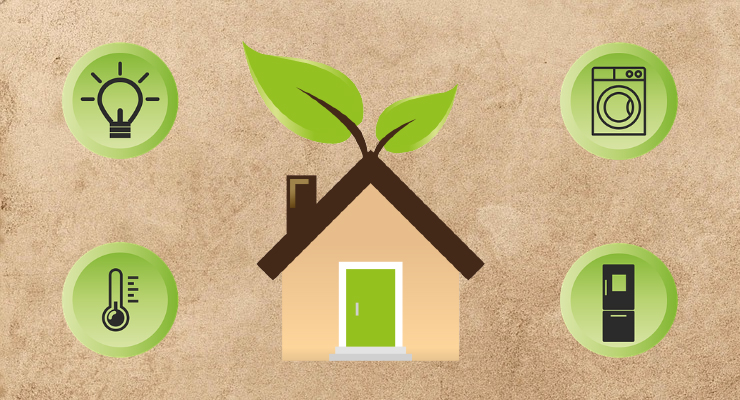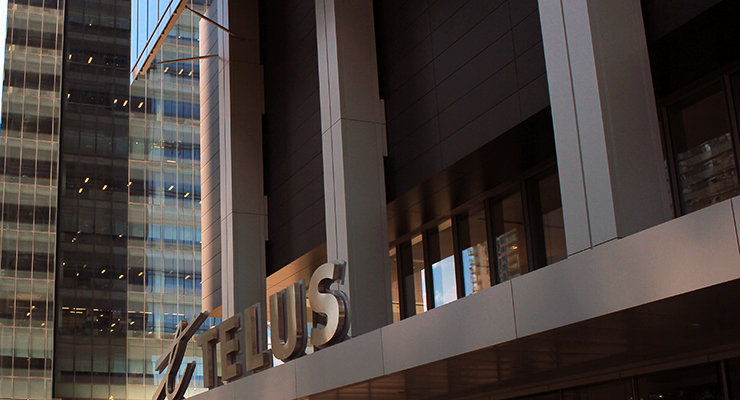GTA REAL ESTATE – In many of our recent articles such as last week’s South Core Neighbourhood Profile, we have frequently mentioned the Leadership in Energy and Environmental Design (LEED) certification program.
With so many new development projects striving to attain LEED certification, it’s natural to wonder about what makes this program so popular. What are the benefits of moving into a LEED certified building? How does a developer go about attaining a certain LEED level, such as Gold or Platinum?
Knowing the facts about LEED is definitely crucial in a real estate market like Toronto’s, where these certifications are commonly advertised in both commercial and residential listings.
What is the LEED program and how does it work?
LEED was first developed by the United States Green Building Council back in 1998. Their goal was to create an “internationally accepted benchmark” for developing high-performance buildings.
Canada was among the earliest adopters of the LEED program, signing on in 2002. More than a decade later the program is still going strong, with the following rating systems available to Canadians:
- New Construction (NC)/ Core and Shell (CS)
- Interior Design and Construction (ID+C)/Commercial Interiors (usually referred to simply as CI)
- Existing Buildings: Operations and Maintenance (EBOM)
- Homes
- Neighbourhood Development (ND)
In order to obtain LEED certification, new developments must earn credits by meeting a wide variety of performance criteria. Potential credits generally fall under five key categories:
- Sustainable sites
- Water efficiency
- Energy and atmosphere
- Materials and resources
- Indoor environmental quality
LEED is a third-party initiative, so the processes of verification and certification are carried out by accredited building standards specialists in cooperation with organizations like the Canada Green Building Council (CaGBC).
Can any residential property be LEED certified?
If you live in a newer home – especially if it’s a multi-family dwelling such as a condo tower – it may already be LEED certified! According to the CaGBC, the LEED certification process is available to Canadian developers of single-family homes, multi-family dwellings up to three storeys, and even mid-rise homes.
While planning and constructing a new home project, developers interested in obtaining LEED certification will go through several steps in the process:
- First, the developer will conduct research on the minimum requirements for being a LEED program participant – such as avoiding tropically-sourced wood – and make sure they’re able to follow through on their commitment.
- Then, the developer needs a “verification partner” – a trained professional who is certified to perform inspections and confirm that LEED guidelines are being met. (A list of Canadian LEED for Homes providers is available here.)
- The developer will then register their project via the CaGBC.
- After initially meeting with the developers’ senior team to set out goals and review the plan, the certified LEED verification specialist (or “Green Rater”) will also perform a mid-construction inspection when development is underway.
- After construction is complete, a “Final Certification” inspection will be followed by reviews of the submittal package – a step that generally takes about four to six weeks. If everything is in order, certification is officially granted to the project.
Owners of existing homes can also pursue LEED for Homes certification. However, CaGBC warns that it’s not a quick weekend job – certifying an existing home requires “a gut and rehabilitation process that exposes the full thermal envelope.”
Homeowners interested in certifying their existing home are encouraged to contact a certified LEED program provider for details.
LEED Certification in High Rises and Commercial Buildings
According to the Toronto Real Estate Board, as of 2010 nearly one-third of Canada’s LEED certified buildings were located in Ontario. Many of those projects are condominium towers, whose developers went the extra mile to include eco-friendly features such as:
- Energy-efficient heating and cooling systems.
- Low VOC paints and finishes (“VOC” stands for volatile organic compounds, which can be harmful to air quality).
- Automated motion-sensor lighting in common areas such as stairwells.
- Individual suite controls and eco-friendly extras such as Energy Star appliances.
When looking at LEED certified commercial projects, it is important to note which LEED certification the project developers obtained. LEED for Commercial Interiors (CI), for example, focuses on indoor features such as air distribution systems, innovative lighting systems, recycling programs, and Energy Star-certified office electronics. Toronto’s own Telus Tower achieved a Gold rating in this category back in 2012.
The LEED Canada NC Rating System applies to brand-new buildings and those undergoing major renovations – but only if the building is “fitted out” and filled with equipment at the time of construction. For buildings expecting future leasing occupants, the more appropriate rating system would be LEED for Core and Shell Development (CS), which looks at the building itself and excludes criteria such as office equipment and occupant environmental initiatives.
Existing commercial buildings, such as Toronto’s own TD Tower, have also been getting in on the action thanks to LEED’s Existing Buildings: Operation and Maintenance (EBOM) program. This certification rewards not only physical building upgrades, but also innovative programs and initiatives implemented by the property managers (in cooperation with tenants, of course).
The need for LEED: Why it pays off to invest in smart buildings
Since the LEED program was established, we have seen the widespread emergence of two consumer trends in Canadian real estate markets like Toronto. On the residential side, new-home buyers are doing everything they can to reduce water and energy costs – and more often than not, they want to invest in smartly-built homes that will allow maximum efficiency over the long term.
Meanwhile, commercial buyers and tenants are trying to attract a new generation of professional talent – members of a young workforce who are conscious of corporate environmental footprints, and demand “liveable” office features such as smart lighting and exceptional air quality.
So what does that mean for buyers and investors? Simple: the same features recognized by LEED certification are emerging as huge drivers of property value. For example, if you are buying a condo in a LEED Gold certified building, that certification can be included in the listing whenever you decide to sell.
For more information about LEED certification here in Toronto, and details for upcoming green building-related events, visit the Greater Toronto Chapter of the Canada Green Building Council at http://www.cagbctoronto.org/.




